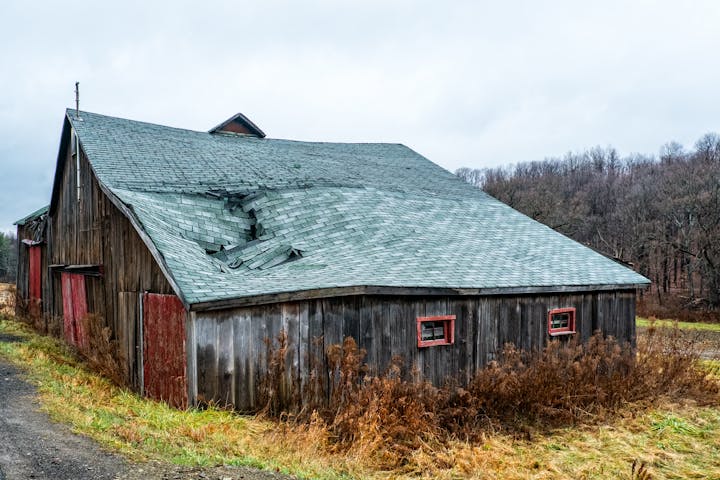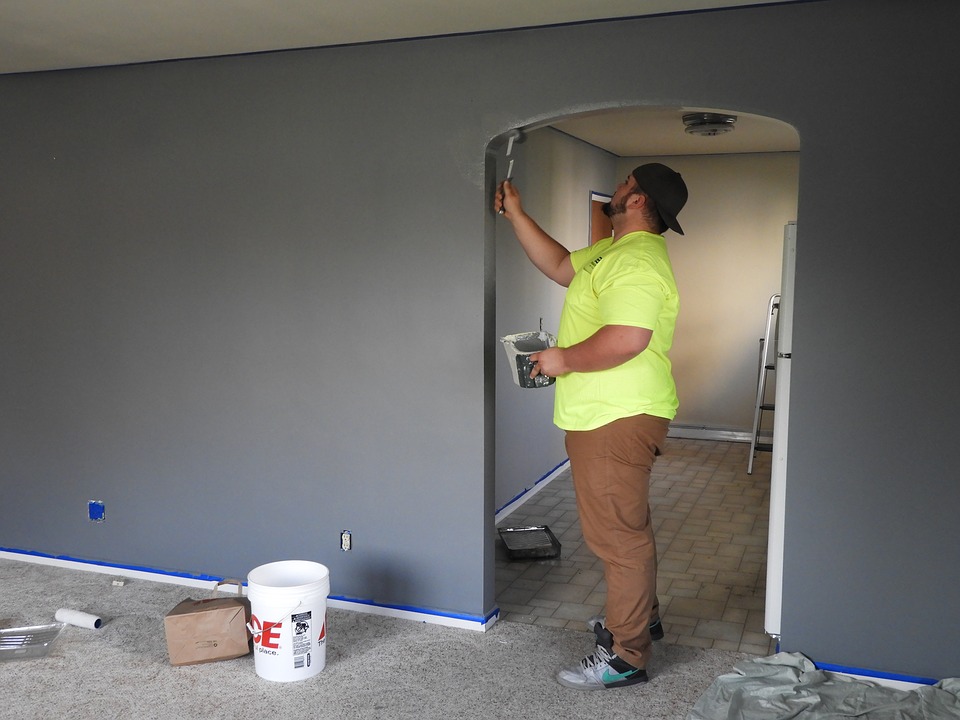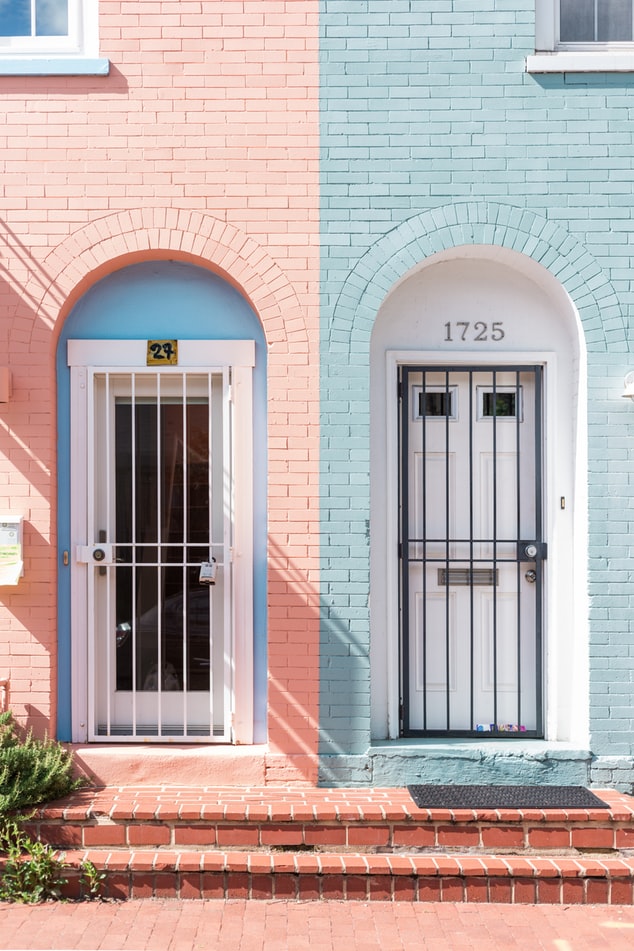Your roof doesn’t send birthday cards or anniversary reminders, but it does communicate when something’s wrong. The trick lies in learning its language before water starts dripping onto your morning coffee or snow begins accumulating in your living room.
Most homeowners develop a peculiar relationship with their roofs, alternating between complete neglect and sudden panic when problems become impossible to ignore. This pattern repeats itself from coast to coast, whether we’re talking to roofing contractors in Salt Lake City dealing with heavy snow loads or specialists in Florida managing hurricane damage. The signs remain remarkably consistent regardless of climate, though the timeline and specific stressors vary based on local weather patterns.
Understanding when repairs cross the line into replacement territory can save you thousands of dollars and prevent the kind of emergency situations that turn routine maintenance into crisis management.
1. Age Has Caught Up With Your Roof
While metal roofs tend to last much longer than asphalt shingles, age alone doesn’t determine replacement timing. A 15-year-old roof that’s endured multiple hail storms, extreme temperature swings, or poor installation might need replacement sooner than a 25-year-old roof that’s had consistent maintenance and favorable weather conditions.
The key factor involves cumulative wear rather than calendar years. Roofs age like people – some look great at 60 while others show their wear much earlier. Environmental stressors, maintenance history, and installation quality all influence how gracefully your roof ages.
2. Shingles Are Playing Hide and Seek
Missing shingles represent the most obvious sign that replacement time approaches, but the pattern of loss matters more than isolated incidents. A few shingles lost during a severe storm can usually be repaired without major concern, especially if the underlying roof structure remains sound.
However, when shingles start disappearing regularly or in large patches, the roof system has likely reached the end of its effective life. Granule loss accelerates this process, as those tiny mineral particles protect the asphalt beneath from UV damage and weather exposure.
Curling, cracking, or brittleness in shingles indicates that the material has lost its flexibility and protective properties. These changes typically happen gradually, but once they begin affecting large sections of the roof, repairs become increasingly ineffective and expensive compared to full replacement.
3. Your Attic Tells a Different Story
Attic inspections reveal problems that aren’t visible from ground level or even from the roof surface itself. Water stains on rafters, insulation, or attic flooring indicate that moisture has penetrated the roof system, potentially causing structural damage that extends far beyond surface shingle problems.
Daylight streaming through roof boards signals gaps that allow water infiltration during storms. Small points of light might indicate nail holes or minor separations, but larger areas of visible sky suggest structural issues that require immediate attention.
Mold growth, musty odors, or consistently damp conditions in the attic point to ongoing moisture problems that can affect indoor air quality and create health concerns for occupants. These issues often indicate systemic roof failures rather than localized damage that can be patched effectively.
4. Interior Damage Keeps Spreading
Water stains on ceilings or walls represent the most common interior sign of roof problems, but the pattern and progression of these stains provide important clues about the underlying issues. Fresh stains that appear after storms might indicate recent damage, while old stains that suddenly expand suggest deteriorating conditions.
Pay close attention to peeling paint, wallpaper bubbling, or plaster damage near the roofline as these are often a sign of chronic moisture infiltration. These problems typically develop slowly as roof systems gradually lose their weather resistance, allowing small amounts of moisture to penetrate consistently over time.
Sagging areas in ceilings indicate potential structural damage that requires immediate professional evaluation, as continued deterioration could lead to ceiling collapse or other safety hazards.
5. Energy Bills Start Climbing
Since roofs are so crucial to energy efficiency in the home, failing roof systems often cause heating and cooling costs to increase noticeably. Poor attic ventilation, compromised insulation, or air leaks through damaged roof areas force HVAC systems to work harder maintaining comfortable indoor temperatures.
Ice dams during winter months suggest inadequate insulation or ventilation that allows heat to escape through the roof, creating conditions for ice formation that can damage gutters, shingles, and roof structure. These problems typically worsen over time as roof systems age and lose their effectiveness.
Excessive heat buildup in attic spaces during summer indicates ventilation problems that can accelerate shingle deterioration and increase cooling costs significantly.
Roof replacement represents a significant investment, but recognizing these warning signs early allows for better planning and prevents emergency situations that limit your options and increase costs dramatically. Regular inspections, honest assessment of your roof’s condition, and timely action when problems develop can help ensure that your roof replacement happens on your terms rather than during the next major storm.



